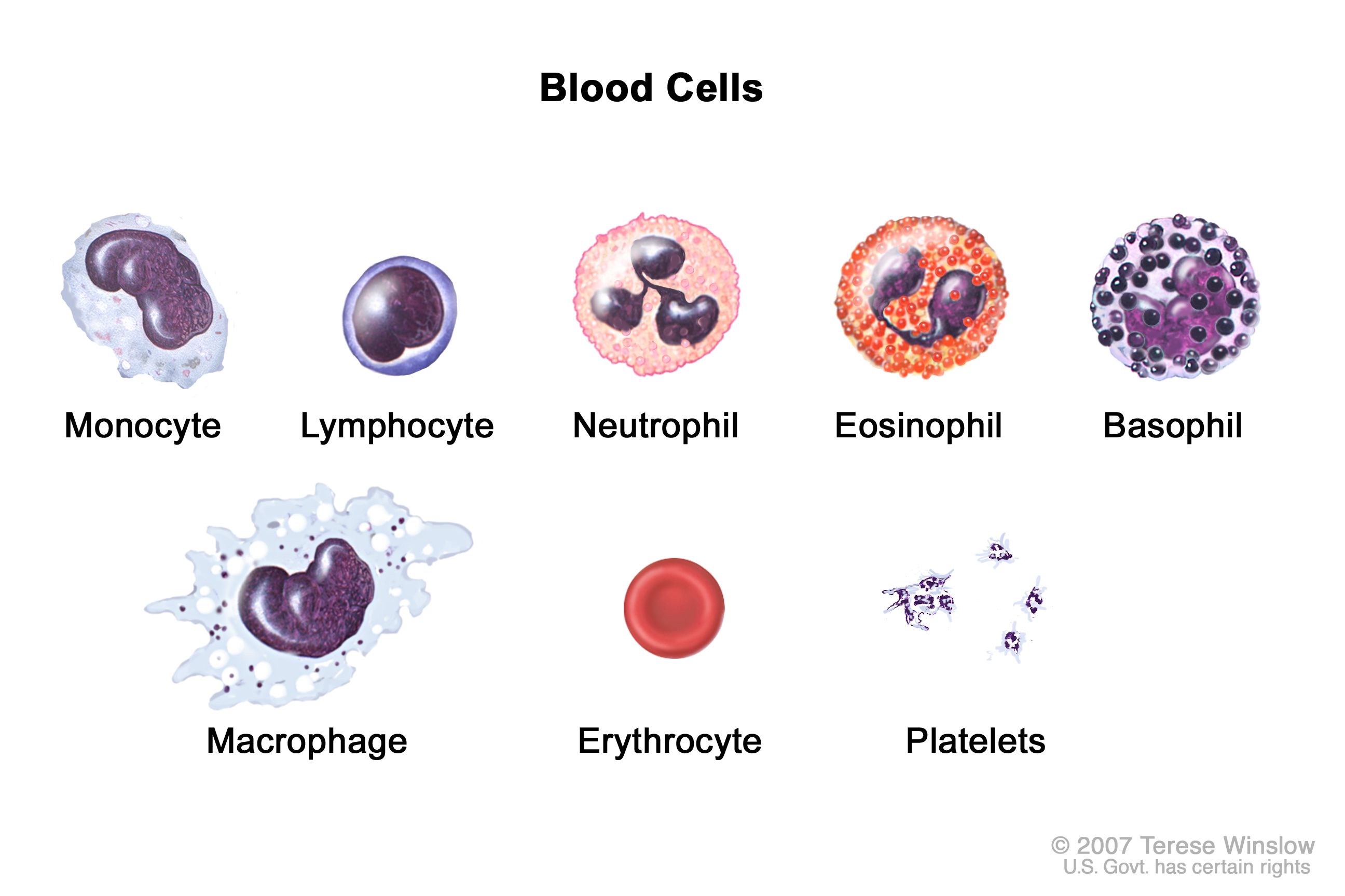Macrophage Cell
(Redirected from macrophage)
Jump to navigation
Jump to search
A Macrophage Cell is a phagocyte that engulfs and digests cellular debris, foreign substances, microbes, cancer cells, and anything else that does not have the type of proteins specific to healthy body cells on its surface in a process called phagocytosis.
- Example(s):
- a Mouse Macrophage

- …
- a Mouse Macrophage
- Counter-Example(s):
- See: White Blood Cell, Lymphocyte, Immune System, Phagocytosis, Microbes, Phagocyte, Pathogen, Amoeboid Movement, Histiocyte.
References
2021
2020
- (Wikipedia, 2020) ⇒ https://en.wikipedia.org/wiki/Macrophage Retrieved:2020-5-13.
- Macrophages (abbreviated as Mφ, MΦ or MP) (from Greek μακρός (') = large, φαγεῖν (') = to eat) are a type of white blood cell of the immune system that engulfs and digests cellular debris, foreign substances, microbes, cancer cells, and anything else that does not have the type of proteins specific to healthy body cells on its surface in a process called phagocytosis. These large phagocytes are found in essentially all tissues, where they patrol for potential pathogens by amoeboid movement. They take various forms (with various names) throughout the body (e.g., histiocytes, Kupffer cells, alveolar macrophages, microglia, and others), but all are part of the mononuclear phagocyte system. Besides phagocytosis, they play a critical role in nonspecific defense (innate immunity) and also help initiate specific defense mechanisms (adaptive immunity) by recruiting other immune cells such as lymphocytes. For example, they are important as antigen presenters to T cells. In humans, dysfunctional macrophages cause severe diseases such as chronic granulomatous disease that result in frequent infections. Beyond increasing inflammation and stimulating the immune system, macrophages also play an important anti-inflammatory role and can decrease immune reactions through the release of cytokines. Macrophages that encourage inflammation are called M1 macrophages, whereas those that decrease inflammation and encourage tissue repair are called M2 macrophages. This difference is reflected in their metabolism; M1 macrophages have the unique ability to metabolize arginine to the "killer" molecule nitric oxide, whereas rodent M2 macrophages have the unique ability to metabolize arginine to the "repair" molecule ornithine. However, this dichotomy has been recently questioned as further complexity has been discovered. Human macrophages are about in diameter and are produced by the differentiation of monocytes in tissues. They can be identified using flow cytometry or immunohistochemical staining by their specific expression of proteins such as CD14, CD40, CD11b, CD64, F4/80 (mice)/EMR1 (human), lysozyme M, MAC-1/MAC-3 and CD68. Macrophages were first discovered by Élie Metchnikoff, a Russian zoologist, in 1884.
